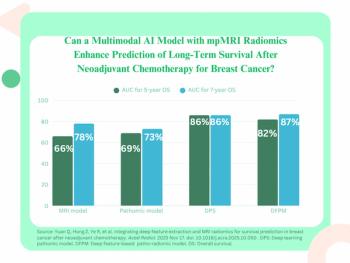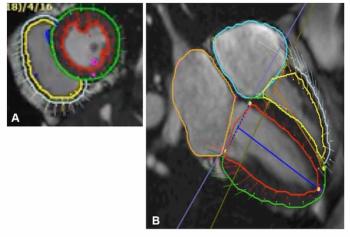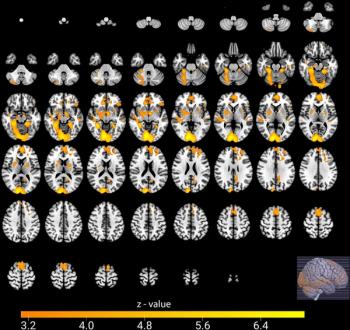
fMRI links autism with white matter anomaly
For the first time, a study has shown that a smaller corpus callosum in people with autism correlates with lower brain functional connectivity. The finding supports a new theory of cortical underconnectivity in autism. This theory proposes that autism is a cognitive and neurobiological disorder associated with underfunctioning of integrative circuitry.
For the first time, a study has shown that a smaller corpus callosum in people with autism correlates with lower brain functional connectivity. The finding supports a new theory of cortical underconnectivity in autism. This theory proposes that autism is a cognitive and neurobiological disorder associated with underfunctioning of integrative circuitry.
"We interpret the reduced corpus callosum sizes in autism as an index of white matter abnormality, whose nature and impact are not currently understood," said lead author Dr. Marcel Just, a professor of psychology at Carnegie Mellon University in Pittsburgh.
The study, which was published July 12 online in Cerebral Cortex, focused on the interdependence of functionally related brain regions during a specific task. Early research on autism tended to focus on regional brain disruption, while the current focus examines cortical activation at a systems level.
Just and colleagues recruited 18 high-functioning individuals with autism (mean age 27 years) and 18 matched controls. Each participant's corpus callosum was traced, divided into segments, and measured. Participants then underwent functional MR scanning while verbally completing a task called the Tower of London puzzle, which uses strategic planning and problem solving.
Researchers measured the functional activity of the prefrontal cortex, noted for decision making, judgment, and impulse control, and the parietal cortex, which controls high-level visual thinking and visual imagery. Both brain regions are associated with solving the Tower of London task.
In the controls, the frontal-parietal network tended to function in synchrony while performing the task. In the participants with autism, however, the two brain areas were less likely to function in synchrony.
The lower functional connectivity in the autism group was correlated with the smaller size of the corpus callosum, specifically the genu. Genu fibers are presumed to connect prefrontal cortical areas and hence are likely to be involved in anatomical connectivity. There was no such correlation in the control group.
"At this point, we can say that autism appears to be a disorder of abnormal neurological and informational connections of the brain, but we can't yet explain the nature of that abnormality," Just said.
Researchers also found, as expected, a negative correlation between decreased frontal-parietal connectivity in the group with autism and higher scores in the Autism Diagnostic Observation Schedule (ADOS).
"Although ADOS scores are not intended to provide a measure of the severity of autism nor to be used as a psychometric measure, it is intriguing to consider that a brain activation measure of functional connectivity may be related to the best current research-based measure of autism," the authors wrote.
For more information from the Diagnostic Imaging archives:
Newsletter
Stay at the forefront of radiology with the Diagnostic Imaging newsletter, delivering the latest news, clinical insights, and imaging advancements for today’s radiologists.



























